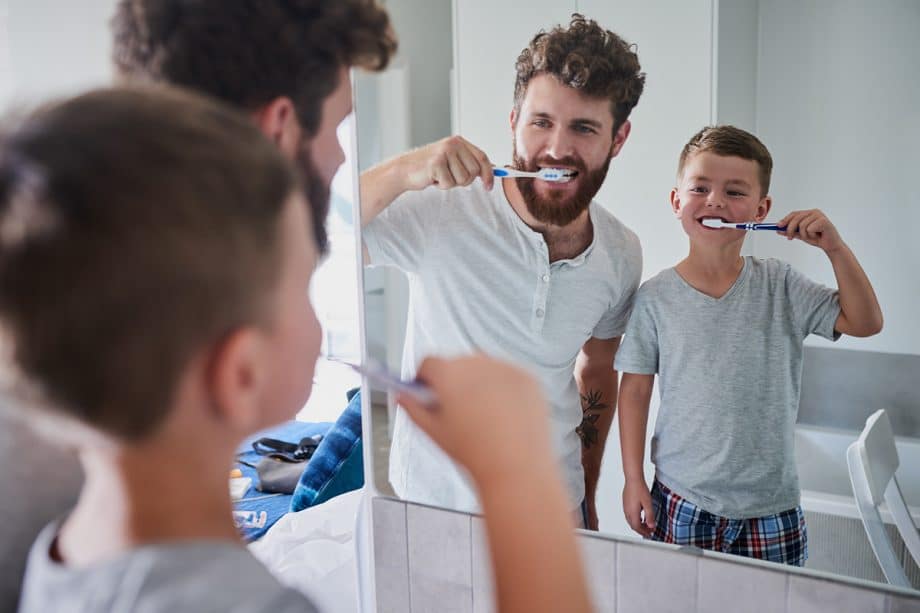No parent wants to hear that their child has a cavity, but it’s common for children to have one or more dental caries at some point before their adult teeth erupt. In fact, according to the National Institute of Dental and Craniofacial Research, 42 percent of children experience cavities in baby teeth. As long as these cavities are treated promptly, they won’t have any long-term impact on your child’s overall oral health.
Causes of Cavities in Baby Teeth
Dental caries in baby teeth have the same cause as those in adult teeth—acid and bacteria. For kids, the presence of acid and bacteria is often due to a diet full of sugars and other carbohydrates. Drinking juice and soda, snacking on cupcakes and chewy fruit snacks, and even breads, cereals, and other dietary staples can all contribute to an environment where cavity-causing bacteria thrive.
When bacteria feeds on these carbohydrate-rich foods, it creates acid; the bacteria, acid, food particles, and saliva form a substance called plaque. Plaque sticks to the teeth, hardens into tartar, and slowly eats away at the tooth enamel, leading to cavities.
Signs of Cavities
The only way to know for sure if your child has a cavity in a baby tooth is to schedule an appointment with their dentist. Some signs to watch out for include:
- White spots on the teeth, which are areas where the tooth enamel has weakened.
- Brown spots, which are cavities. These start out light brown in color, then darken over time, eventually turning black.
- Complaints of tooth pain.
- Sensitivity to hot, cold, or sweet foods.
If you notice any of these symptoms, contact our office to schedule an appointment.
Treating Cavities in Baby Teeth
Many parents wonder: if baby teeth will fall out eventually anyway, do cavities need to be treated? The answer is yes! Unless we determine that a tooth is about to fall out on its own naturally based on your child’s age and dental history, cavities in baby teeth should always be treated.
When a cavity is left without treatment, it can spread throughout the tooth, causing pain and leaving the tooth vulnerable to breakage. Even worse, infection can spread to other teeth (including adult teeth!), gums, and the jawbone. Cavities can impact your child’s ability to eat healthy foods, affect their speech patterns, and cause embarrassment.
Treating a cavity doesn’t always mean drilling and filling, though. At Dream Smiles, we offer silver diamine fluoride (SDF), which stops a cavity from spreading. We can use SDF on younger children to halt the progression of a cavity until they’re old enough to tolerate a dental filling, or we may use SDF to treat a cavity until a baby tooth falls out on its own.
What about pulling a baby tooth instead of treating a cavity? The problem with this is that when a baby tooth is extracted too early, neighboring teeth can begin to drift into the newly opened space. This can cause orthodontic issues, so we use something called a space maintainer to keep the space open. It’s much easier and less expensive to simply treat your child’s cavity!
Learn More About Cavities in Baby Teeth
If you’d like to learn more about how we treat cavities in baby teeth, contact us today at 301-327-1003.

